Sofrito is a fundamental flavor base used in many cuisines worldwide, typically made by sautéing onions, garlic, peppers, and herbs in oil. It serves as the foundation for countless dishes, from Spanish paella to Puerto Rican rice dishes.
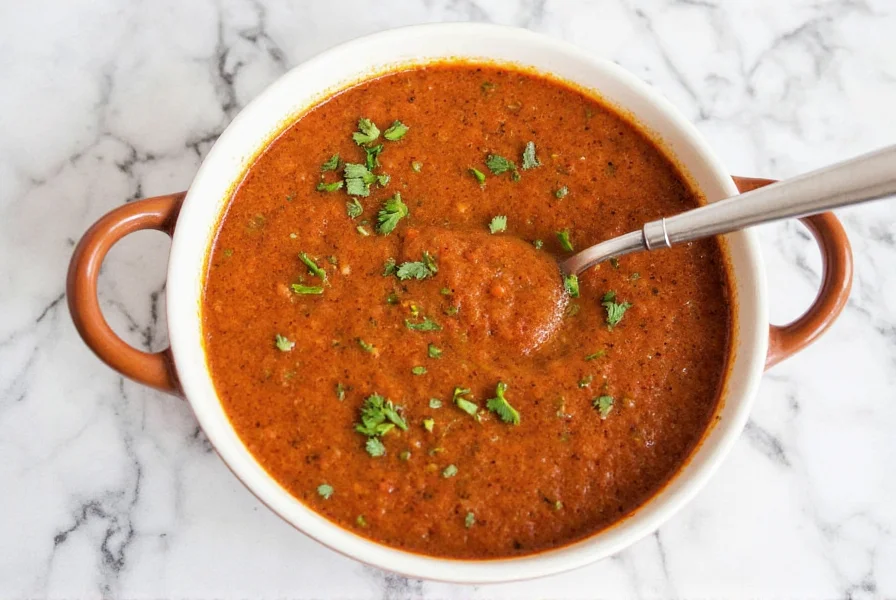
Table of Contents
- What Is Sofrito?
- A Little History Behind Sofrito
- Sofrito Around the World
- How to Make Sofrito at Home
- Buying Guide: Store-Bought Sofrito Options
- Pro Tips for Using Sofrito Like a Pro
- Frequently Asked Questions
- Conclusion
What Is Sofrito?
Sofrito is a foundational mixture of aromatic ingredients used to build flavor in many cuisines around the world. At its core, it’s usually made by sautéing a combination of onions, garlic, peppers, herbs, and sometimes tomatoes in oil until they release their flavors and become soft.
Unlike a mirepoix (which is typically onions, carrots, and celery), sofrito often includes fat (like olive oil) and aromatics with more depth—like garlic, chili peppers, or herbs—which means it starts developing complex flavor much earlier in the cooking process.
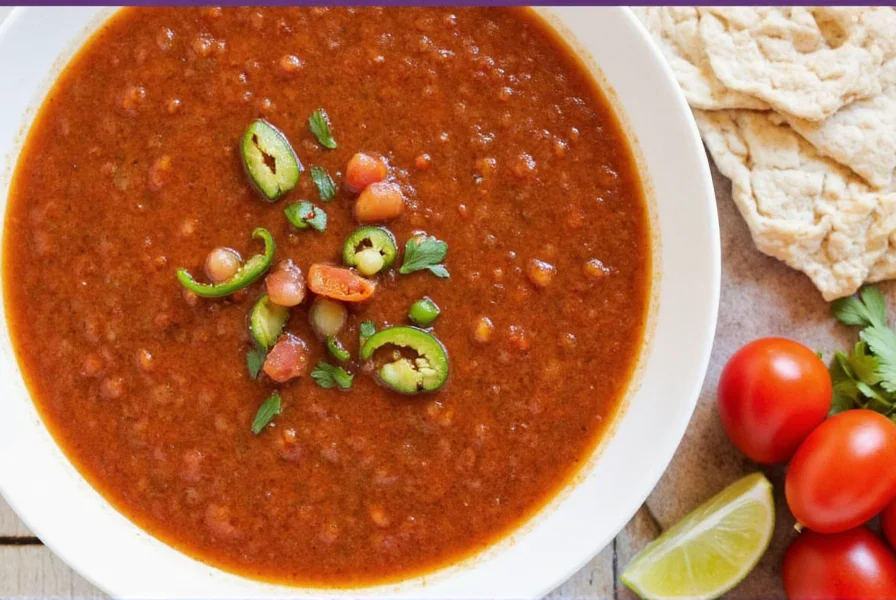
A Little History Behind Sofrito
The word "sofrito" comes from the Spanish verb sofreír, which means "to sauté." It has deep roots in Mediterranean and Latin American cuisines, where it serves as the backbone of countless dishes—from paella in Spain to feijoada in Brazil.
Over time, as people migrated and traded ingredients, sofrito evolved into various regional styles. While some versions are purely vegetable-based, others incorporate ingredients like tomato paste, smoked paprika, herbs, or even seafood.
Sofrito Around the World
Sofrito isn’t one-size-fits-all—it changes based on geography, culture, and personal taste. Here’s a breakdown of popular global variations:
| Region | Base Ingredients | Unique Additions | Typical Use |
|---|---|---|---|
| Spain | Onion, garlic, bell pepper, olive oil | Tomato paste, paprika | Paella, stews |
| Puerto Rico | Onion, garlic, culantro, green bell pepper | Recao (root vegetable), cilantro | Rice dishes, soups |
| Cuba | Onion, garlic, bell pepper | Vinegar, cumin | Beans, meats |
| Italy | Garlic, onion | Anchovies, chili flakes | Pasta sauces, seafood dishes |
| North Africa | Onion, garlic, ginger | Turmeric, harissa, preserved lemon | Tagines, couscous |

How to Make Sofrito at Home
Making your own sofrito is easy, customizable, and cost-effective. Here’s a basic recipe to get you started:
Basic Sofrito Recipe
- 2 medium onions, chopped
- 4 cloves garlic, minced
- 2 bell peppers, diced
- 1 large tomato or ½ cup tomato paste (optional)
- ¼ cup olive oil
- Salt, black pepper to taste
- Fresh herbs (e.g., parsley, thyme, bay leaf) — optional
- Heat olive oil in a heavy-bottomed skillet over medium heat.
- Add onions and cook until translucent (about 5–7 minutes).
- Add garlic and stir frequently to avoid burning (1–2 minutes).
- Add bell peppers and cook for another 5 minutes.
- If using fresh tomatoes, add them now and simmer until softened; if using tomato paste, stir it in here.
- Add herbs, salt, and pepper. Simmer everything together for 10–15 minutes, stirring occasionally.
- Let cool, then store in the refrigerator for up to a week or freeze in portions for later use.
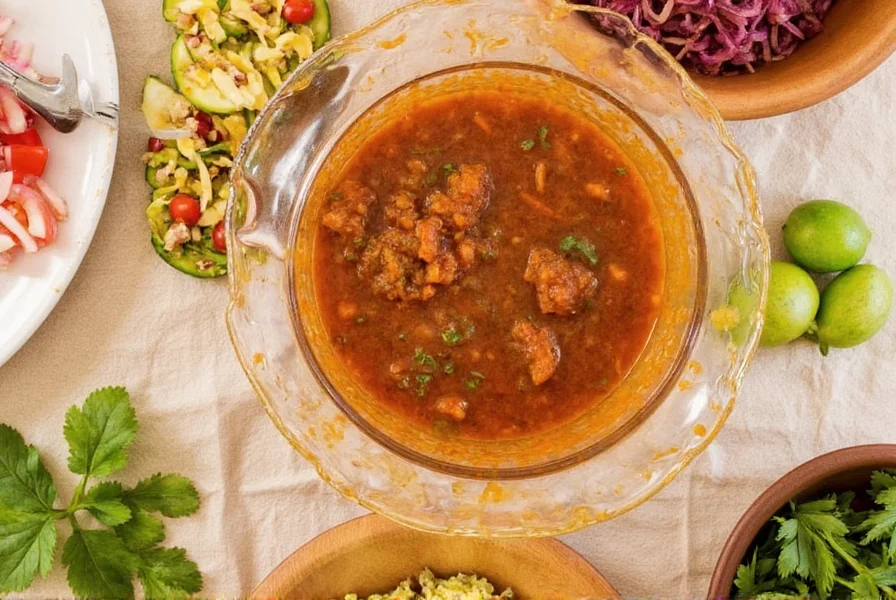
Buying Guide: Store-Bought Sofrito Options
If making your own sofrito isn’t your thing—or you’re short on time—store-bought options can be a lifesaver. Here are some top picks for quality sofrito products available today:
| Product Name | Ingredients | Flavor Profile | Best For | Occasion |
|---|---|---|---|---|
| Goya Sofrito | Onion, green peppers, garlic, tomato paste, spices | Bold, garlicky, slightly tangy | Latin American dishes | Quick weekday dinners |
| Loisa Sofrito | Onion, bell pepper, garlic, cilantro, culantro | Herby, fresh, bright Caribbean flavor | Puerto Rican-style cooking | Festive gatherings, rice dishes |
| Primal Kitchen Garlic Butter Cooking Sauce | Butter, garlic, herbs, vinegar | Umami-rich, buttery, savory | Keto or dairy-friendly recipes | Meal prep, low-carb dishes |
| La Preferida Salsa de So’frito | Tomatoes, green chilies, onion, garlic | Spicy, tangy, Mexican-style base | Tex-Mex dishes | Taco nights, burritos |
| Massel Vegetable Stock Concentrate | Vegetables, herbs, salt-free base | Mild, clean flavor, perfect for layering | Health-conscious cooks | Dietary restrictions, vegetarians |
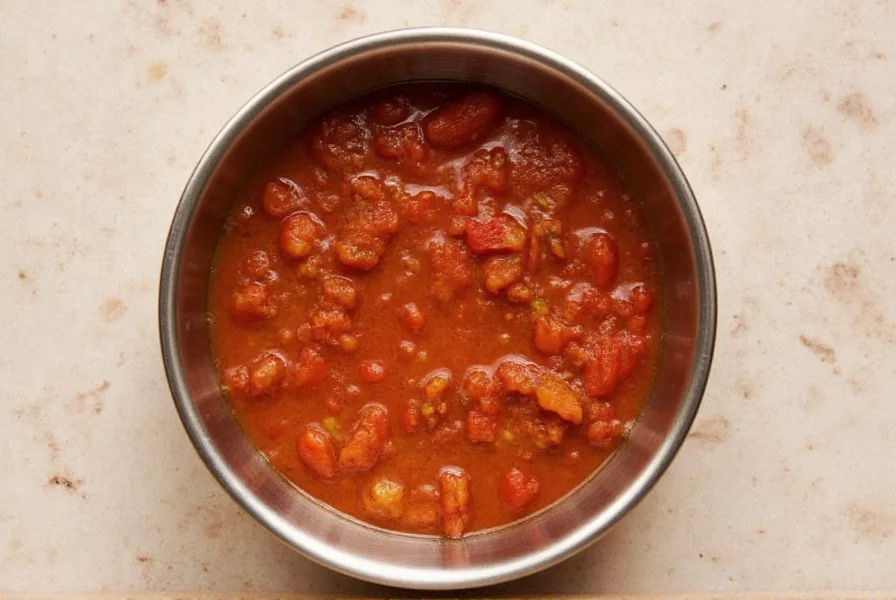
Pro Tips for Using Sofrito Like a Pro
Ready to level up your cooking game with sofrito? Here are some pro tips to make the most out of this versatile base:
- Start small: A little sofrito goes a long way. Start with 1–2 tablespoons per serving and adjust according to your taste.
- Customize it: Feel free to swap ingredients! Don’t like bell peppers? Try carrots or leeks instead.
- Freeze in portions: Make a big batch and freeze in ice cube trays or small containers for easy access later.
- Use in unexpected ways: Spread sofrito on sandwiches, mix into mayo for dipping sauces, or stir into scrambled eggs.
- Don’t skip the oil: The oil helps extract and carry the flavors, so don’t substitute it with water unless you’re going oil-free.
- Pair with proteins: Sofrito enhances the natural flavors of meats, tofu, legumes, and more—especially chicken and beans.
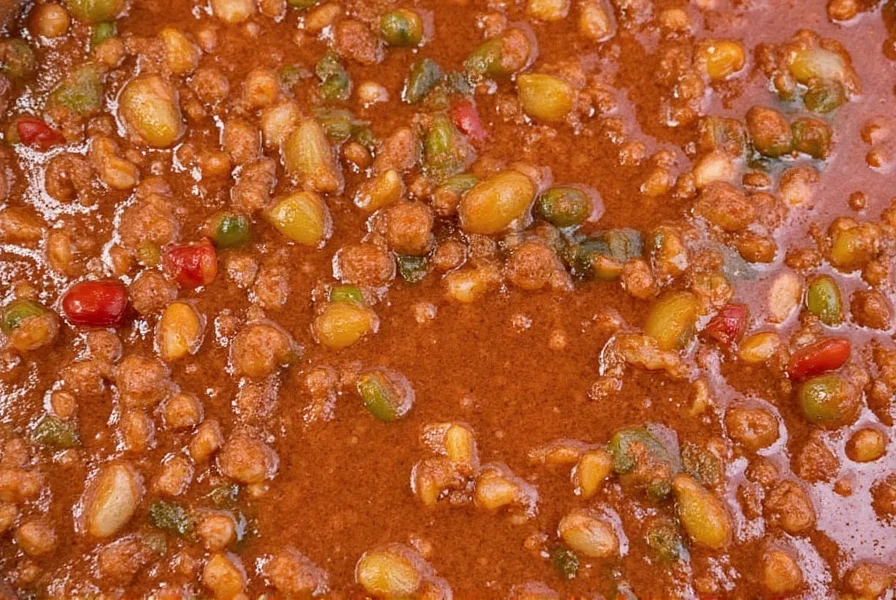
Frequently Asked Questions
What’s the difference between sofrito and mirepoix?
Sofrito typically includes garlic, peppers, herbs, and oil, creating deeper flavor complexity early in cooking. Mirepoix (onion, celery, carrot) is oil-free and forms the base for French-inspired dishes like soups and stews, developing flavor more gradually.
Can I freeze homemade sofrito?
Absolutely! Freeze sofrito in ice cube trays for single servings, then transfer to airtight containers. Properly stored, it maintains quality for up to 6 months. Thaw in the refrigerator overnight before use.
Is sofrito always spicy?
Not necessarily. While some variations (like North African harissa-based sofrito) include heat, traditional Spanish or Puerto Rican versions focus on aromatic depth rather than spice. You control the heat level by choosing mild or hot peppers.
What dishes commonly use sofrito?
Sofrito enhances rice dishes (arroz con pollo), beans (frijoles negros), stews (boeuf bourguignon), soups, sauces, and even scrambled eggs. It’s the flavor foundation in paella, gumbo, and many Latin American and Mediterranean dishes.
Can I make sofrito without tomatoes?
Yes. Spanish sofrito often includes tomato paste for color and acidity, but Puerto Rican versions typically omit tomatoes. For tomato-free sofrito, simply skip fresh tomatoes or paste—focus on onions, peppers, garlic, and herbs for a clean aromatic base.
How long does homemade sofrito last in the refrigerator?
When stored in an airtight container with a thin layer of oil on top to prevent oxidation, homemade sofrito stays fresh in the refrigerator for 5-7 days. Always use a clean spoon when scooping to maintain freshness.
Conclusion
In the world of cooking, sofrito is like a hidden superpower. Whether homemade or store-bought, this aromatic blend sets the stage for incredible flavor in every dish you create. From hearty stews to vibrant rice bowls, sofrito transforms the ordinary into something extraordinary.
So next time you start cooking, take a few extra minutes to warm up a spoonful of sofrito in your pan. You’ll not only smell the difference—you’ll taste it too. Happy cooking!
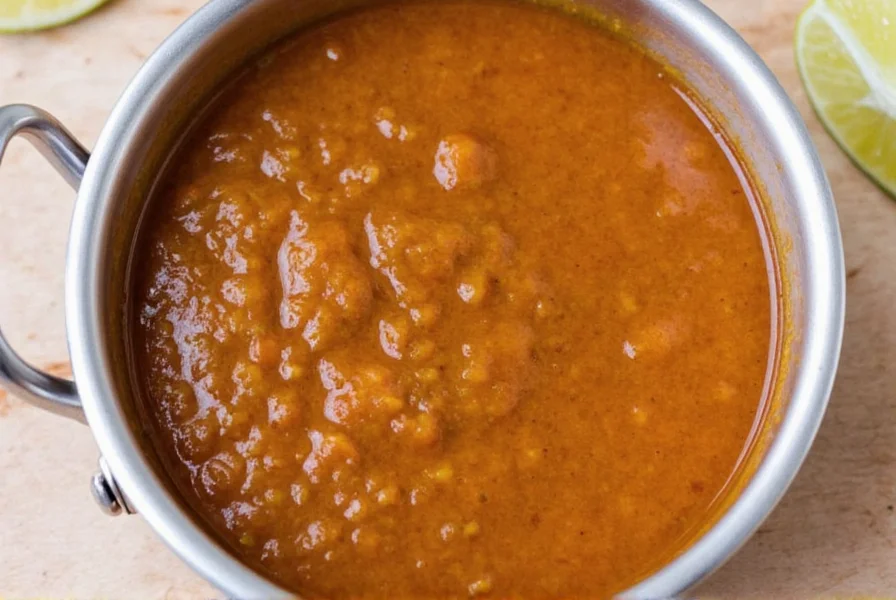

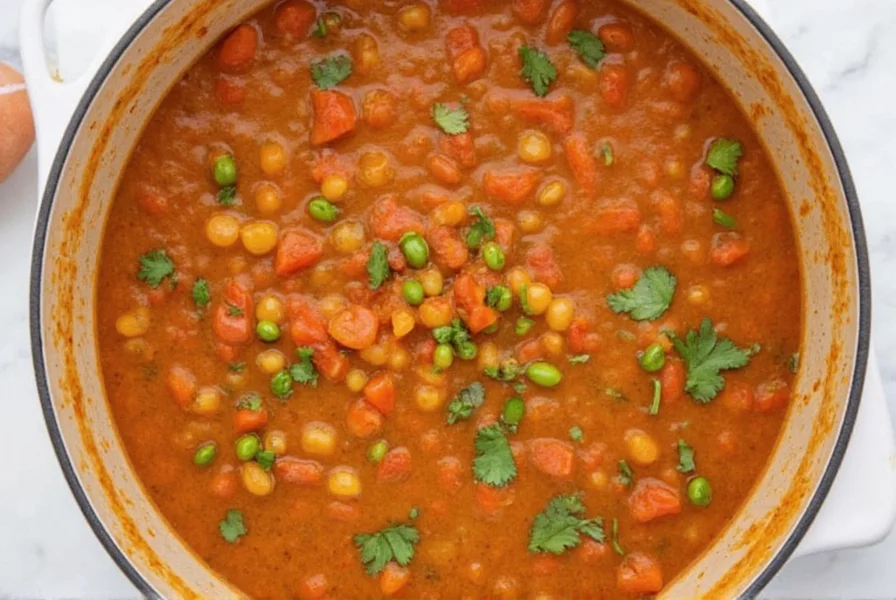









 浙公网安备
33010002000092号
浙公网安备
33010002000092号 浙B2-20120091-4
浙B2-20120091-4